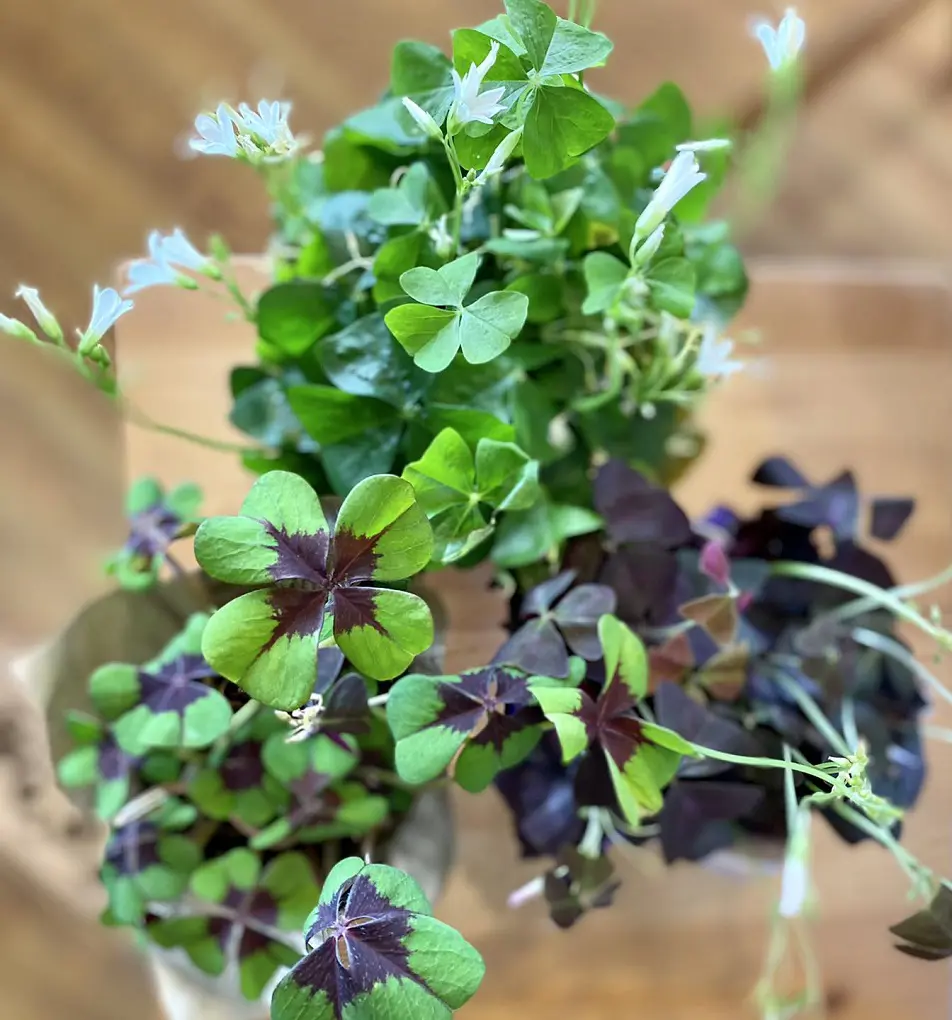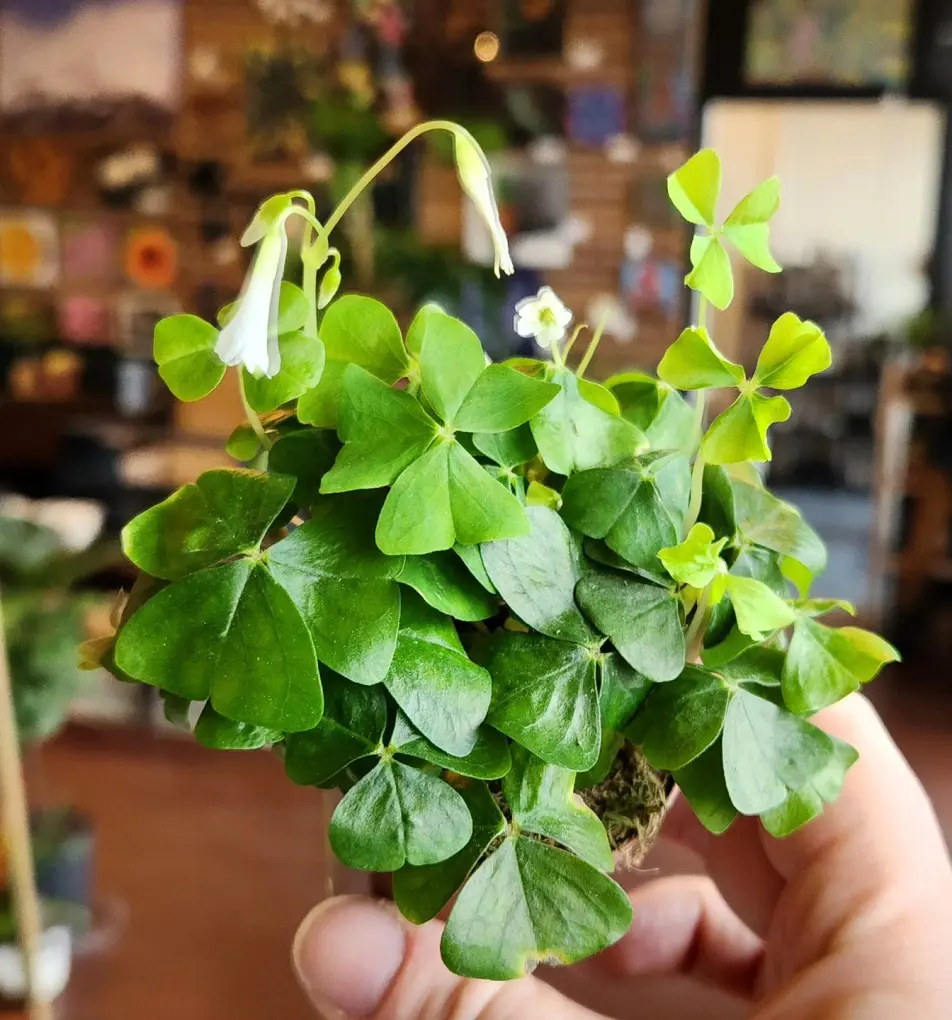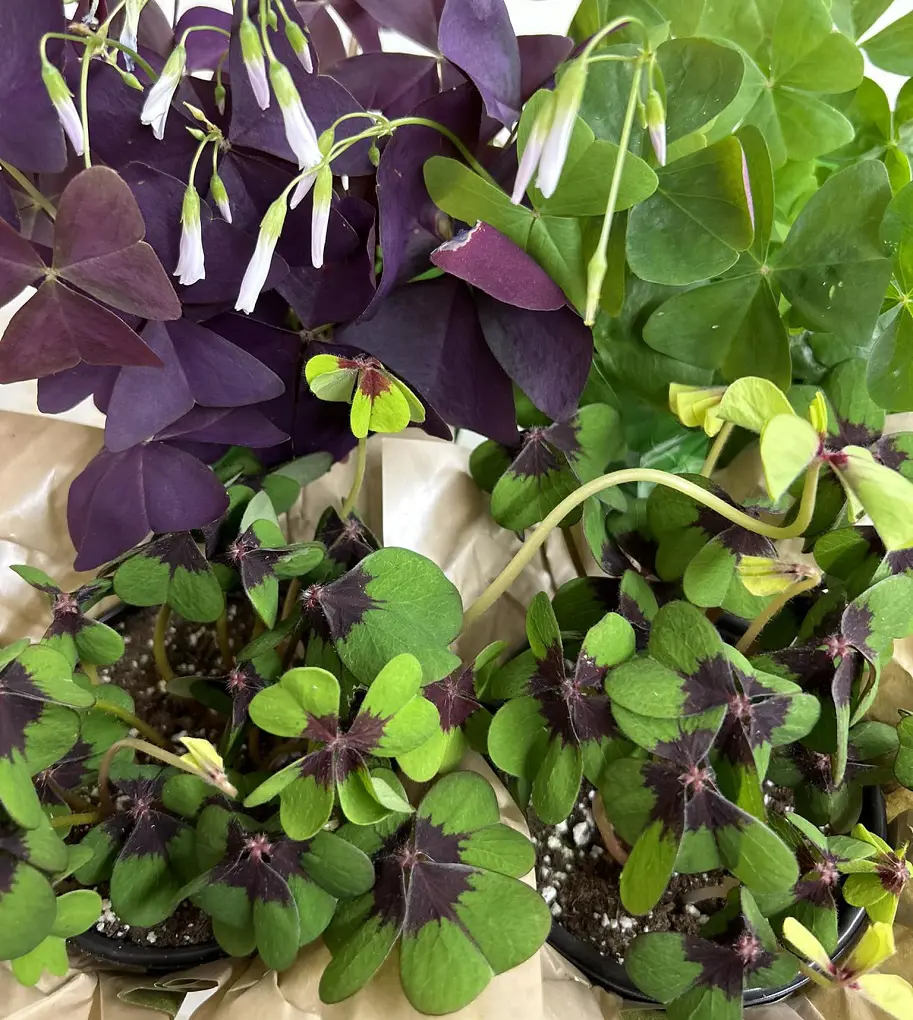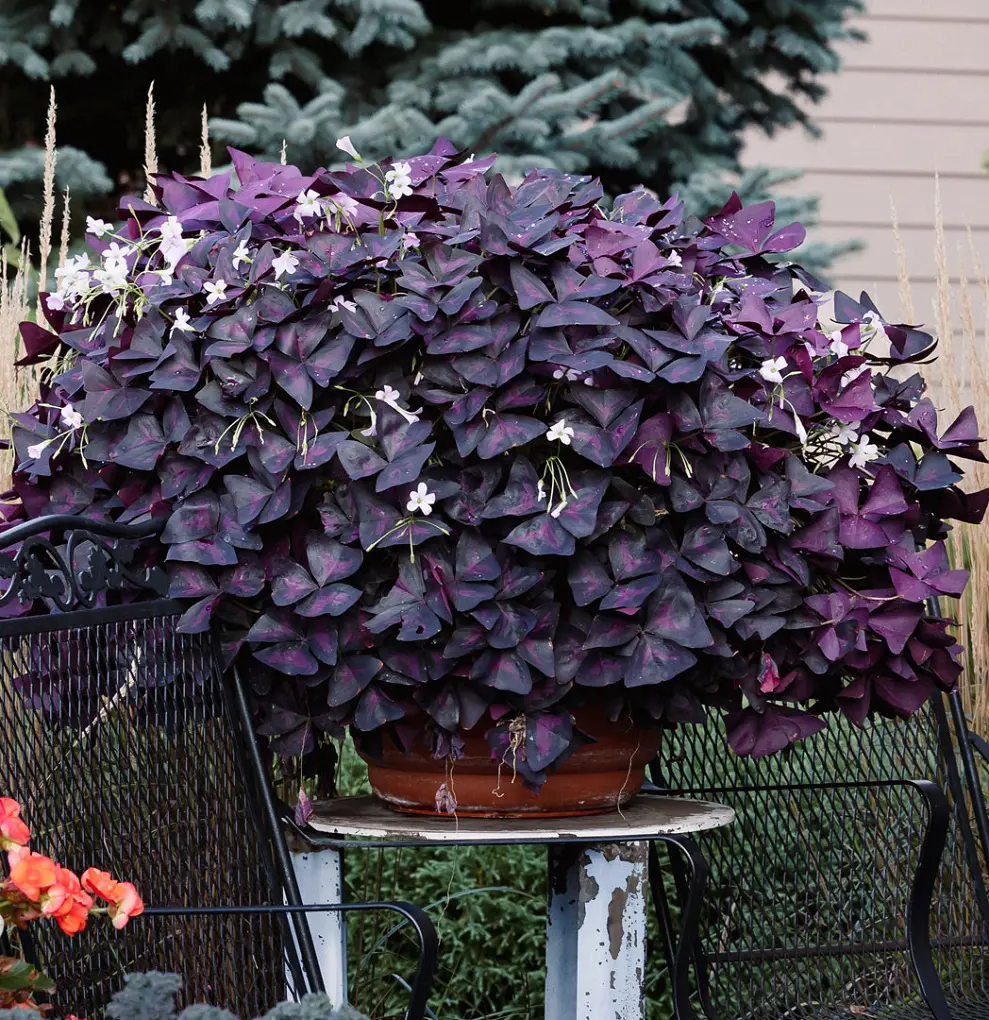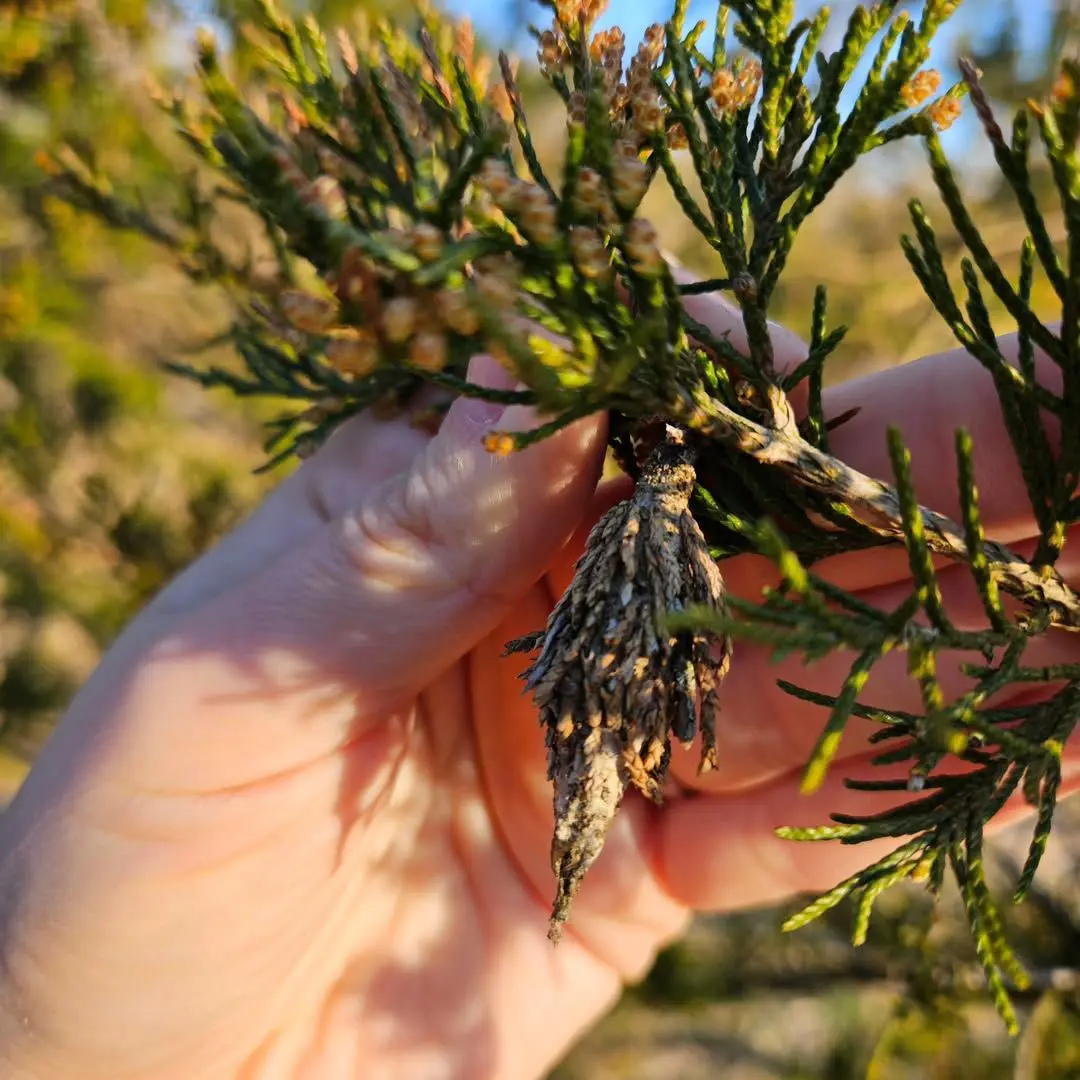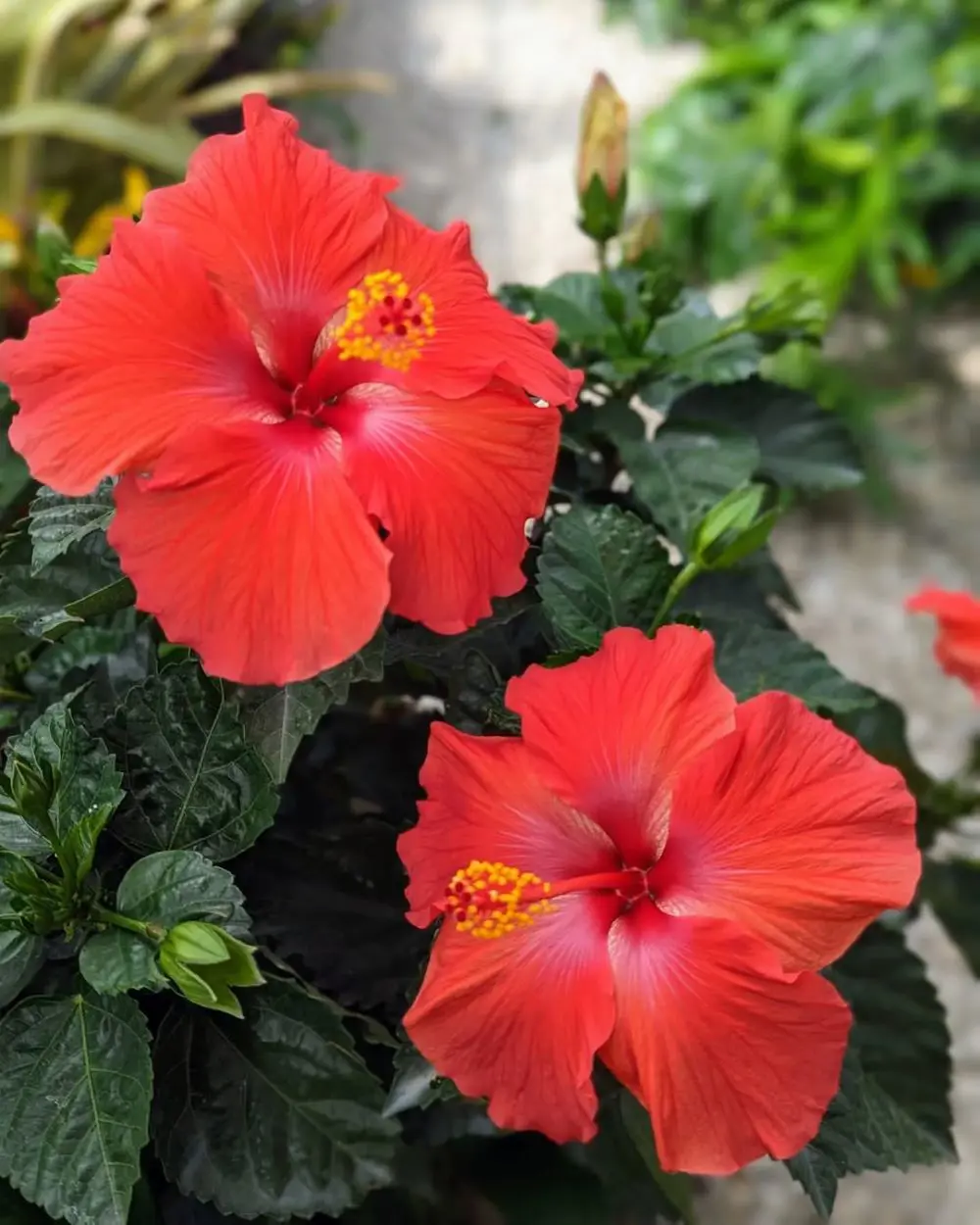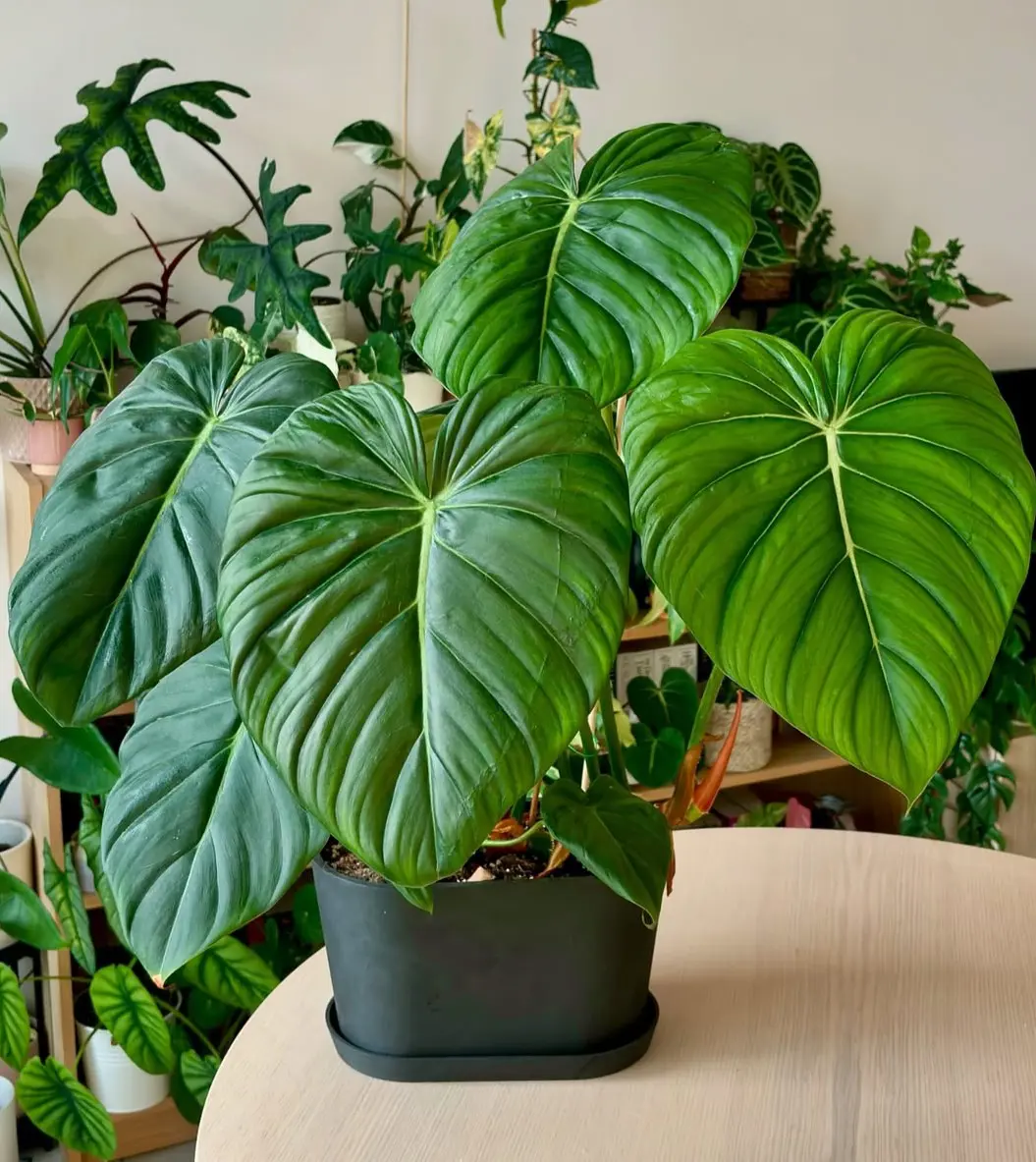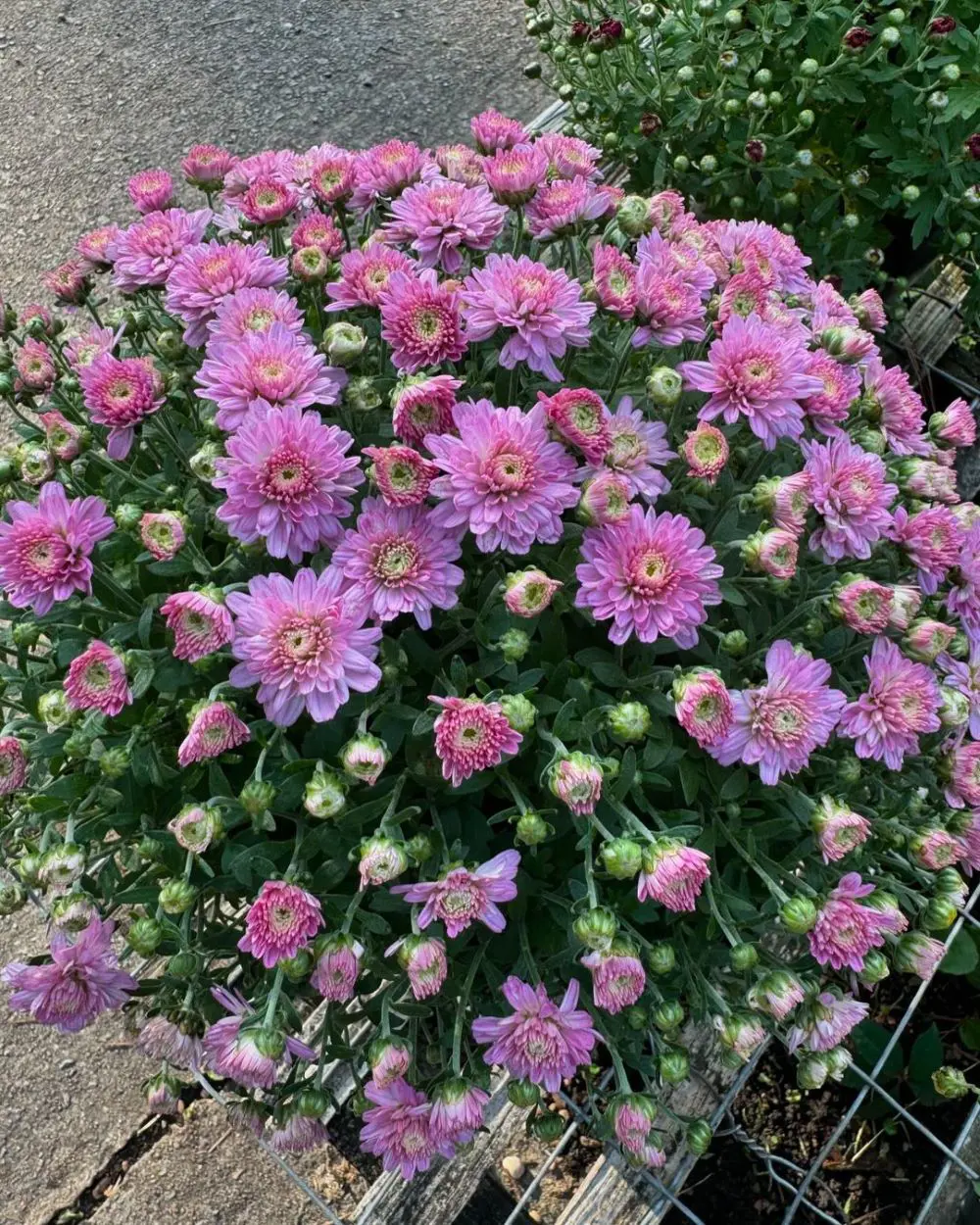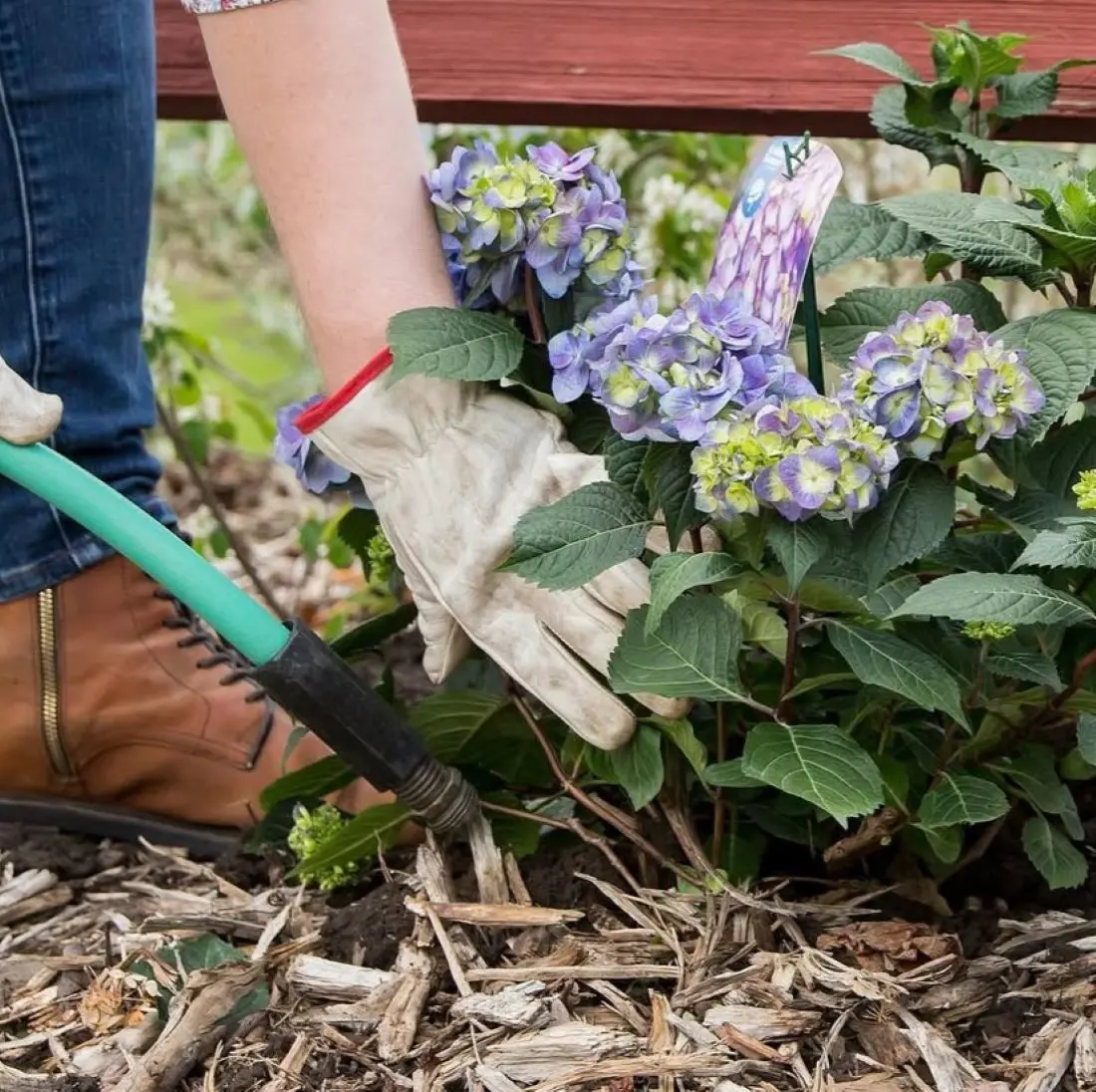What Is A Shamrock Plant?
A pretty houseplant with an Irish flair, the shamrock is a member of the wood sorrel family (Oxalis regnellii). This little plant is perfect for indoor environments because it usually only grows to a height of 6 inches (15 cm).
Its leaves, which resemble clovers and come in vivid green, red, or purple hues, bring a splash of color to any space. Delicate white blossoms adorn the shamrock throughout fall, winter, and spring, contributing to its appealing appearance.
Shamrocks are more frequently found already established in pots, with robust foliage and occasionally even blossoms. They are grown from tiny bulbs planted in the fall or early spring. For springtime festivities or to infuse their houses with a little luck, people frequently search them out.
Shamrock Plant Overview
- Common Names: Oxalis, Wood Sorrel.
- Scientific Name: Oxalis spp. (common varieties include Oxalis triangularis, Oxalis acetosella, and others).
- Plant Type: Perennial (often grown as an annual or houseplant).
- Native Range: Various species are native to South America, South Africa, and Europe.
- Leaf Traits: Trifoliate (three-part leaves) or multifoliate; clover-like; green or purple leaves.
- Flower Traits: Small, delicate flowers; white, pink, yellow, or lavender; blooms primarily in spring and summer.
- Height: Normally around 6-12 inches.
- Light Requirements: Prefers bright, indirect light; can tolerate some direct sun.
- Watering Needs: Moderate; keep the soil moist but not waterlogged; water less during dormancy.
- Soil Preferences: Well-draining soil; prefers a slightly acidic to neutral pH.
- Temperature Tolerance: Ideal: 60-75°F (15-24°C); sensitive to frost and extreme heat.
- Humidity Preferences: Moderate.
- Propagation Methods: Division of rhizomes or bulbs, leaf cuttings, or from seeds.
- Dormancy Period: Often goes dormant in summer or winter.
- Cultural Significance: Symbol of luck and Irish heritage; used in St. Patrick's Day celebrations,
- Popular Uses: Houseplant, decorative plant in gardens.
